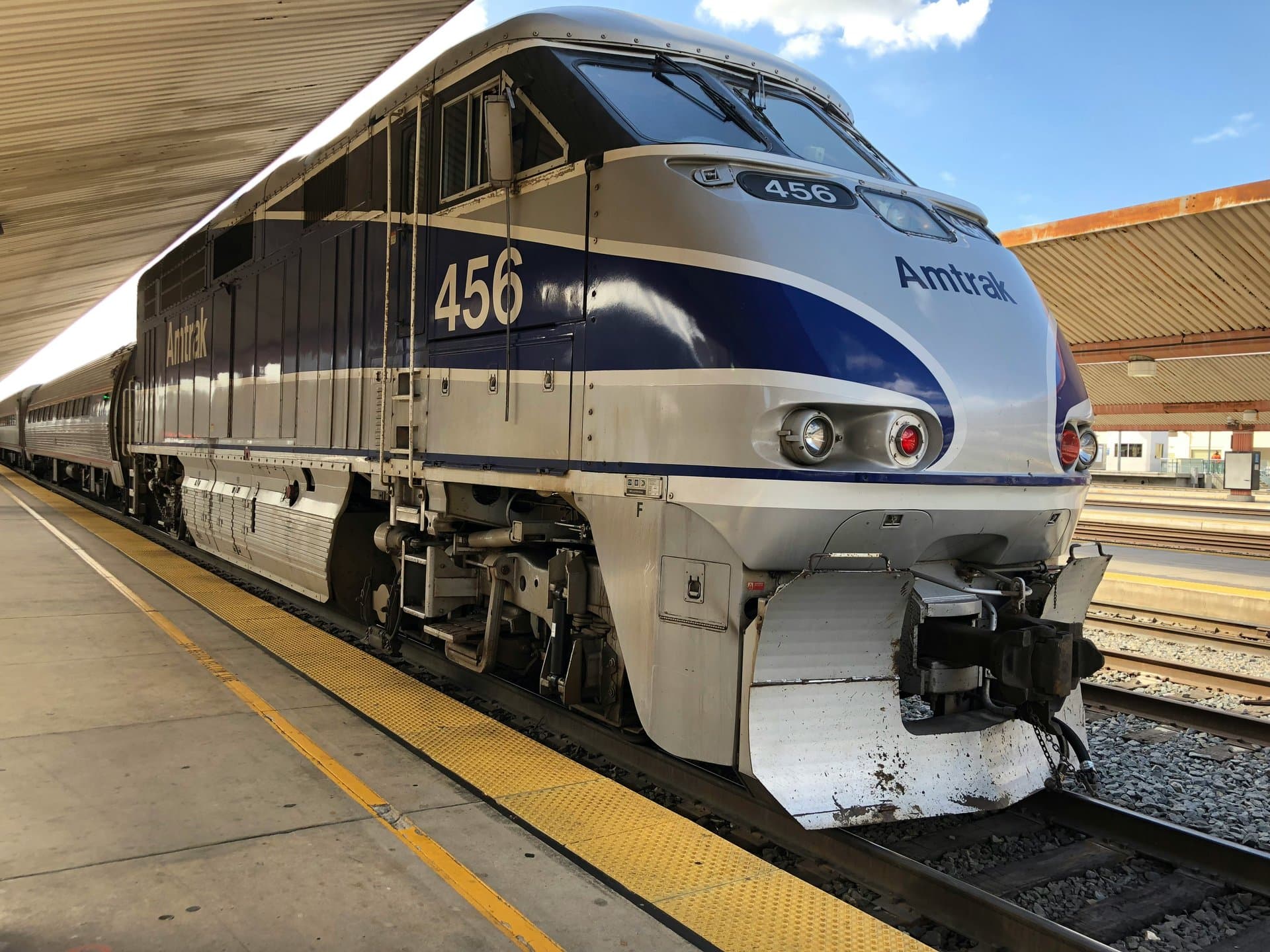Unlocking Apex Mobility Hub: Wake County’s Future Amtrak Station
Discover how Apex’s new mobility hub and potential Amtrak station are transforming Wake County’s transit landscape, easing growth pains, and connecting communities with smarter travel options.

Key Takeaways
- Apex’s population is projected to hit 100,000 by 2030, driving transit needs.
- The $13.45 million Apex Mobility Hub includes new buildings, parking, and a pedestrian bridge.
- A potential Amtrak station would connect Apex to major cities via the S-Line corridor.
- Community voices reflect both excitement and challenges amid rapid growth.
- Amtrak’s family-friendly initiatives complement Apex’s vision for vibrant connectivity.

Apex, North Carolina, is sprinting toward a future shaped by rapid growth and evolving transit needs. With its population swelling from 80,000 to an expected 100,000 by 2030, the town faces the classic growing pains of congestion and limited parking. But where others see headaches, Apex’s leaders and the North Carolina Department of Transportation (NCDOT) see opportunity. Enter the Apex Mobility Hub—a $13.45 million project designed to weave buses, ride-shares, parking, and a pedestrian bridge into a seamless transit tapestry. At the heart of this vision lies a potential Amtrak station, promising to plug Apex into a regional rail network along the S-Line corridor. This article unpacks the mobility hub’s features, community perspectives, and how Amtrak’s colorful summer campaigns hint at a family-friendly future for Apex’s travelers.
Navigating Apex’s Growth
Apex’s population is no secret to anyone who’s lived here for decades. Jennifer Johnson, a 25-year resident, has witnessed firsthand the town’s transformation from a quiet community to a bustling hub. With around 80,000 residents today and projections hitting 100,000 by 2030, the pace is dizzying. Mayor Jacques Gilbert acknowledges the challenges that come with this surge—traffic snarls, parking shortages, and the constant tug-of-war between preserving local charm and embracing progress.
Yet, Gilbert’s approach is rooted in strategic planning, not reactionary fixes. He emphasizes that every step forward is carefully woven into Apex’s broader vision. The town’s growth isn’t just about numbers; it’s about crafting a livable, connected space where residents can thrive. This mindset sets the stage for the Apex Mobility Hub, a project designed to turn transit headaches into opportunities for smoother, smarter travel.
Designing the Apex Mobility Hub
The Apex Mobility Hub is no ordinary transit project. With a $13.45 million budget, the North Carolina Department of Transportation teamed up with McAdams, the firm behind notable developments like Fenton at Cary and Boxyard RTP, to craft a visionary plan. Located near North Salem and Moore Streets, the hub will feature new buildings that blend modern functionality with neighborhood charm.
A multi-level parking deck aims to tackle the weekend parking crunch that local barber Ernest Green knows all too well. Bus bays and ride-sharing zones promise seamless connections, while a pedestrian bridge spanning the train tracks will safely ferry travelers to a proposed Amtrak platform. This design isn’t just about infrastructure—it’s about creating a transit ecosystem that anticipates Apex’s future and invites residents to rethink how they move.
Connecting Communities with Amtrak
Perhaps the most exciting piece of the mobility hub puzzle is the potential Amtrak station. Nestled along the S-Line corridor, this station would link Apex directly to major cities like Raleigh, Durham, and Charlotte. For a town grappling with traffic and parking woes, rail access offers a breath of fresh air—literally and figuratively.
Mayor Gilbert highlights that rail travel aligns perfectly with Apex’s downtown development plans and sustainability goals. Removing vehicles from the road reduces congestion and emissions, while opening doors to economic growth through increased accessibility. The town council’s unanimous acceptance of the NCDOT’s feasibility study underscores the community’s readiness to embrace this new era of connectivity.
Balancing Growth and Community Voices
Growth is rarely a smooth ride, and Apex is no exception. Jennifer Johnson captures the community’s mixed feelings: “It’s hard to please everyone. Trying to make everyone happy and so nobody’s happy.” Longtime residents cherish the town’s roots, while newcomers bring fresh energy and expectations.
Local business owners like Ernest Green see the mobility hub as a boon, anticipating increased foot traffic and easier access. Yet, the town’s leaders remain mindful of the delicate balance between progress and preservation. The mobility hub’s design and planning process includes community input, aiming to address concerns while delivering tangible benefits. This dialogue is crucial to ensuring that Apex’s growth feels inclusive, not intrusive.
Embracing Family-Friendly Transit
As Apex eyes joining the Amtrak network, it’s worth noting Amtrak’s broader efforts to make rail travel inviting for families. This summer, Amtrak partnered with Crayola to offer free tickets for kids on the Auto Train between Lorton, VA, and Sanford, FL, plus free entry to Crayola Experience locations. Two locomotives sporting vibrant crayon-inspired designs travel the Northeast Corridor, turning heads and sparking imagination.
Jessica Davidson of Amtrak calls this campaign a fusion of legendary brands creating extraordinary summer memories. For Apex, this spirit of creativity and family-friendliness aligns with its vision of a vibrant community connected by accessible, enjoyable transit. The mobility hub and potential Amtrak station aren’t just about moving people—they’re about enriching lives and journeys.
Long Story Short
The Apex Mobility Hub is more than concrete and steel—it’s a bold statement that Wake County is ready to embrace smarter, greener, and more connected transit. While growth always stirs debate, the project’s unanimous town council approval and community enthusiasm signal a shared hope for a smoother commute and thriving local economy. The potential Amtrak station stands as a gateway, linking Apex to the wider region and offering a sustainable alternative to crowded roads. As funding and partnerships fall into place, residents can look forward to a transit experience that balances tradition with innovation. For families, commuters, and businesses alike, Apex’s mobility hub promises a future where travel is not just a necessity but a vibrant part of community life.